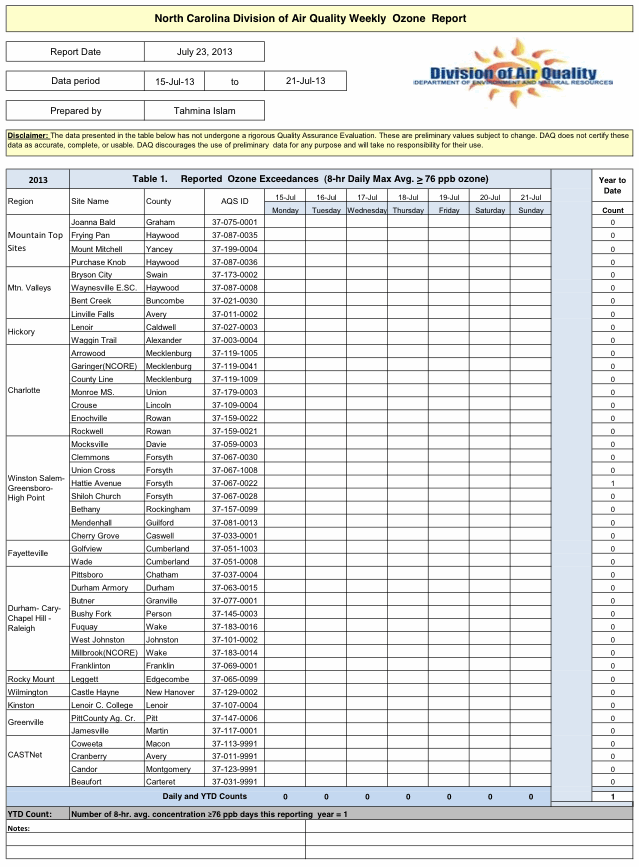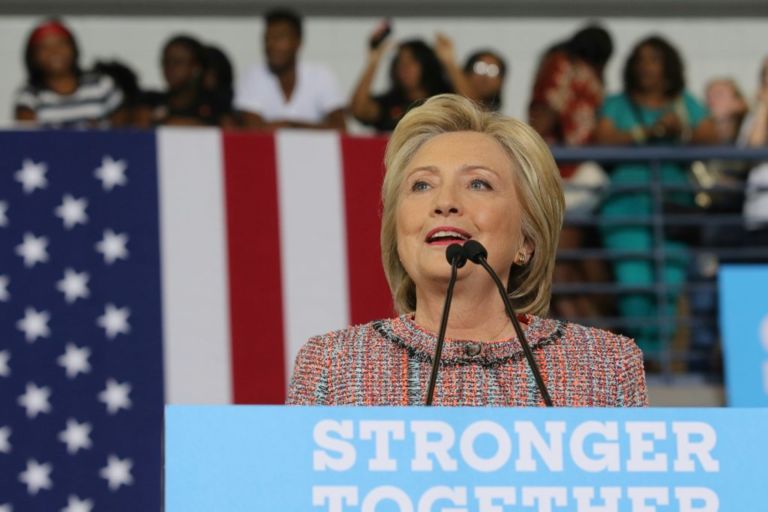Weekly John Locke Foundation research division newsletter focusing on environmental issues.
This newsletter highlights relevant analysis done by the JLF and other think tanks as well as items in the news.
1. McCrory Takes "Credit" for Killing Bill to Eliminate Renewable Mandates
Gov. Pat McCrory, speaking to the Appalachian Energy Summit in Boone, N.C., subtly and without fanfare dropped what has to be considered a bombshell. According to the Watauga Democrat, "McCrory drew applause from summit attendees when he said he stepped in to stop a legislative effort this year to end state subsidies for renewable energy development." He is referring to legislation that was introduced early in the session to repeal substantial portions of 2007′s Senate Bill 3 (SB3) which mandates that at least 7.5 percent of the electricity used by North Carolinians must come from renewable energy sources like solar and wind power. Another 5 percent can come from reductions in energy usage, falsely referred to as energy efficiency. The mandates are a massive subsidy to these industries. Under a regime of free choice in energy, without these mandates and other subsidies, the solar and wind power industries would be completely unsustainable.
So why should this be considered "bombshell" news? Until this speech, McCrory had not even taken a position on these mandates. During the debate on their repeal, at least in terms of public comment, the governor was silent. What he has now acknowledged to an audience of advocates for forced utilization of wind and solar power is that, behind the scenes, he was using his influence with Republican lawmakers to make sure that this reversal of one of the most egregious forms of crony capitalism on the books in North Carolina did not occur.
What is interesting is that he waited until he was speaking to this particular group, far from the media spotlight of Raleigh, to acknowledge that he was not only against the legislation but that he was responsible for killing it while still in committee. The Appalachian Energy Summit is made up of representatives from the UNC system and clearly advocates for a centrally planned energy sector with a strong emphasis on wind and solar power. The featured keynote speaker for this year’s event was well-known global warming alarmist and renewable energy advocate Amory Lovins. Lovins generally opposes energy freedom and is a strong advocate for the central planning of the energy sector, including the kinds of cars we drive — electric cars — and the kinds of houses we live in; he advocates building houses using solar bricks to promote "sustainability" and reduce global warming.
Following his boastful proclamation taking credit for killing the repeal of the renewable energy mandate, McCrory noted that there "must be a reasonable time in the future when those subsidies come to an end." But this is hardly an admonition that his audience could or should take seriously. The governor made no attempt to define what he means by "reasonable" or to attach a time frame for actually ending the program. In fact, it is such a loosely defined statement that probably no one in his audience would even disagree with it.
In reality, the fact that the Governor stepped in to rescue the state’s renewable energy cronies from losing their biggest taxpayer- and ratepayer-provided perk should not come as a surprise. Readers of this newsletter will recall that back in June the Governor threw a huge PR bone to one of the state’s largest corporate welfare queens, the solar energy industry, by declaring June to be "Solar Energy Month." In doing so he spouted industry propaganda claiming that they were creating jobs and making the state energy independent. Of course, he never mentioned that the industry would collapse without coercive wealth transfers from North Carolina’s tax payers and electricity rate payers.
There is an upside, though, to the governor’s candid admission to the summiteers in Boone. It makes clear to those of us who have been fighting for the abolition of these mandates who our most important opponents are. Until now we thought that they were primarily the special interests themselves and the influence they are having over particular legislators. But now we have a much clearer picture of why this legislation was defeated and where the primary obstacle will lie with respect to future attempts to repeal these mandates. For this we should be thanking the governor.
2. 2013 Ozone Report
The 2013 ozone season began on April 1 and, as in the past, each week during the ozone — often called smog — season, this newsletter will report how many, if any, high ozone days have been experienced throughout the state during the previous week, where they were experienced, and how many have been recorded during the entire season to date. According to current EPA standards a region or county experiences a high ozone day if a monitor in that area registers the amount of ozone in the air as 76 parts per billion (ppb) or greater. The official ozone season will end on October 31. All reported data is preliminary and issued by the North Carolina Division of Air Quality, which is part of the state’s Department of Environment and Natural Resources. During the period from July 15-21 there were no high-ozone days recorded. For the state as a whole there has been only 1 high ozone day recorded in 2013.
The table below shows all of North Carolina’s ozone monitors and the number of high ozone days for the week and the year to date for one.

Click here for the Environment Update archive.


